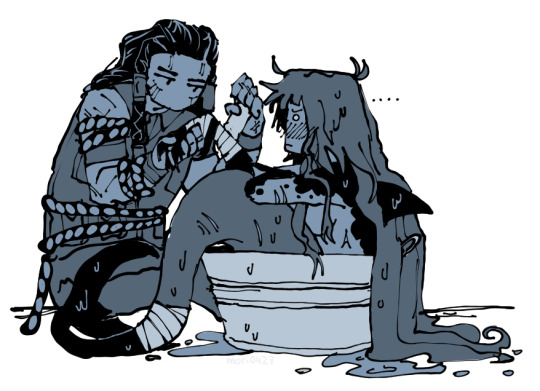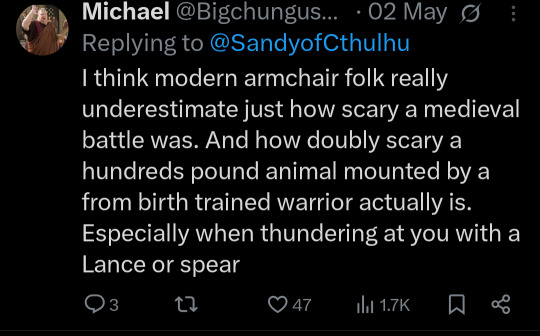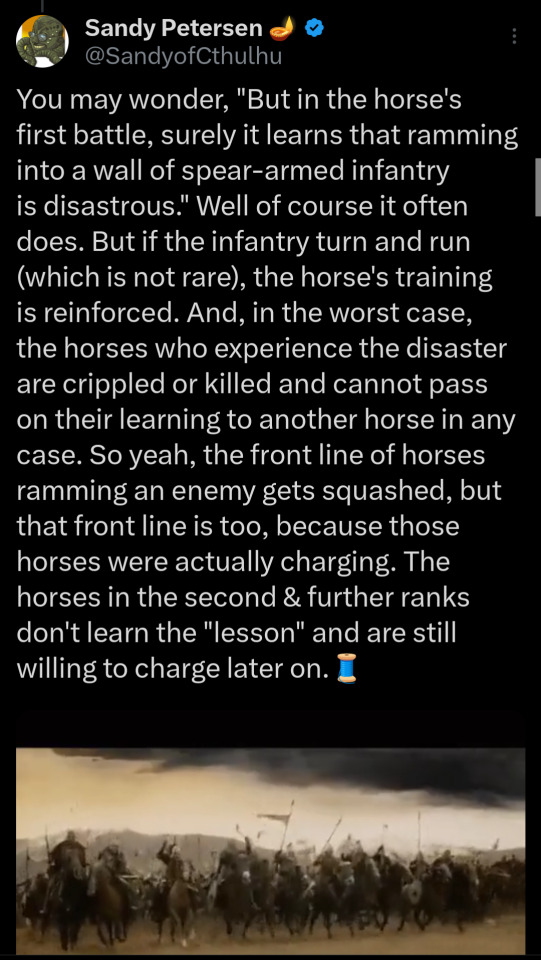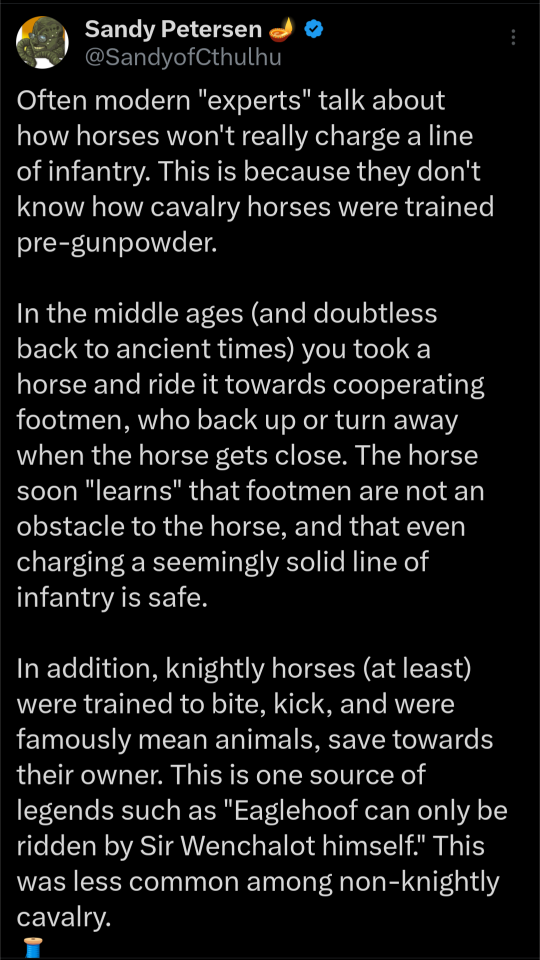Text





Please accept my Shego cosplay that I finally got to debut at the con I guested at this past weekend
28 notes
·
View notes
Text
t shirt that says i've misunderstood many social interactions
55K notes
·
View notes
Note
el diminutivo se dice "elbiotipito" o "elbiotipozito"?
el biotipito
ejemplos:

168 notes
·
View notes
Text

Severely unhappy because it's warm but she also doesn't want to get her belly hosed off in the shower.
39 notes
·
View notes
Note
why bother caring about the environment when 1. It’s so obviously a lost cause and 2. There’s definitely going to be a nuclear war?
And what are you doing about it Anon? Learn about ecological restoration or get out of my way.
20K notes
·
View notes
Text

silver, exactly two milliseconds after traveling to the past
Original tweet under cut:

4K notes
·
View notes
Text
Just once, I would like to post something at three in the morning and not have my daughter, who is also not sleeping, promptly like it.
39 notes
·
View notes
Text
One thing about Van Gogh that people don't talk about is how brilliantly he uses texture in his artwork. The way he uses oil paint is so three dimensional, and he's so aware of it and uses it to his full advantage to add depth and texture. It's not as obvious in photographs or digital versions of his paintings, which is a damn shame because once you see them in person you realize how much it adds to them. There's one in the Van Gogh museum in Amsterdam called The Sower with a tree cutting through the foreground, and the majority of the trunk is one flat stroke of paint, ending with a knot in the trunk made bulbous by the end of a brush stroke that was never smoothed out. One of his paintings in the Met, Wheat Field With Cypresses, has the brush strokes very choppy on the top of the wheat, but smooth and almost textureless on the stalks. It's one of the things that I think really separates him from the other artists of the period.
2K notes
·
View notes
Text

Late again but hey!! Another monthly heathsang day 🪶❤️⛈️
446 notes
·
View notes
Note
I need that Mermaid!Ishmael and Queequeg yuri pls pls pls


yes.... YES!!!!
910 notes
·
View notes



















